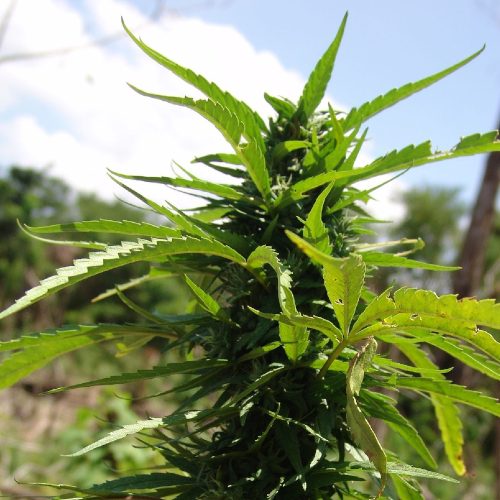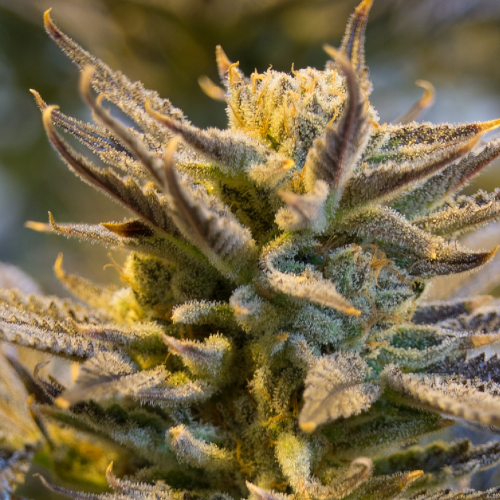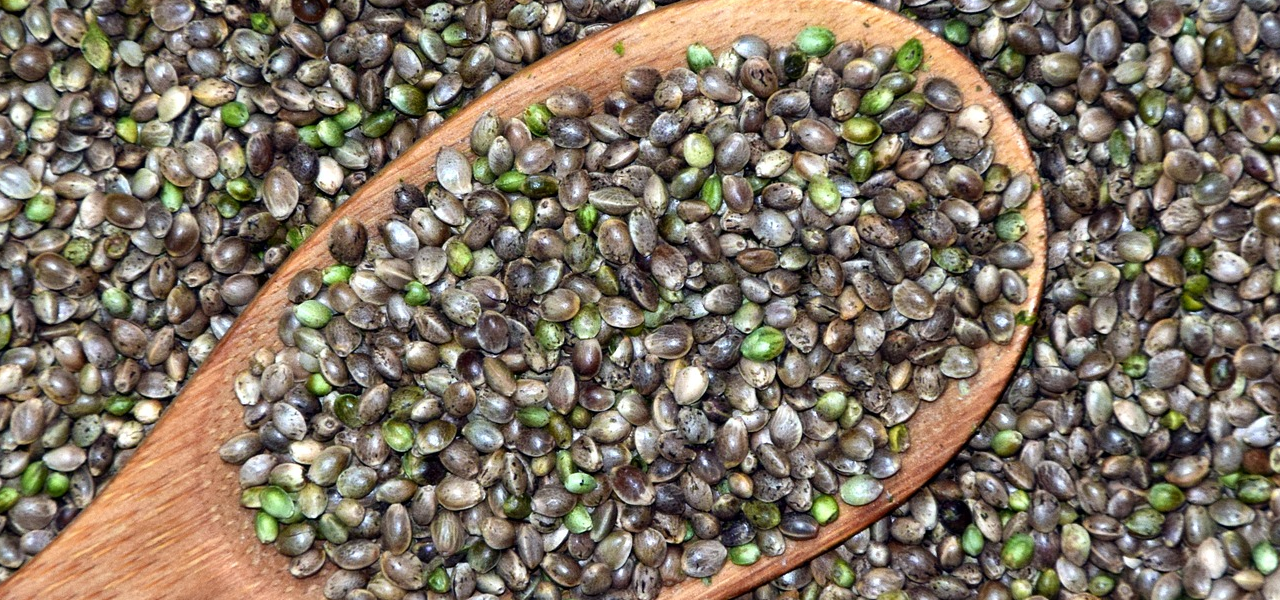Due to recent advances in the legality of growing cannabis, it is now possible to grow cannabis from seeds purchased from legal vendors. Cannabis seeds come in all types of potencies, strains, and for many different purposes, so where does one begin in the multi-billion dollar cannabis market?
We’ve compiled an overview of information on cannabis seeds, with links to sources that contain more of the scientific nitty-gritty. If you’re looking for a simple way to educate yourself on the ins and outs of cannabis seeds, this guide is for you.
Cannabis Seeds 101
Cannabis plants are either male or female, and both are required for the plant to reproduce. Female cannabis plants grown without males produce the flowers most users are familiar with. These potent marijuana flowers are called “sinsemilla.”
Female plants will only produce seeds after they are pollinated by a male plant. To prevent this from occurring, most cultivation sites will only grow female plants. However, some cannabis plants can grow both male and female flowers on the same plant. The pollen from the male flowers pollinates all the surrounding female plants, allowing them to grow seeds. The female plants die after releasing their seeds, which either grow into new plants or are harvested themselves for a variety of products.
This process can be induced by the creation of “feminized” cannabis seeds. Feminized seeds are created by forcing the creation of the hermaphrodite plant, either by spraying the plants with colloidal silver or using a method called Rodelization.

How To Make Feminized Cannabis Seeds
A colloidal silver solution (tiny silver particles suspended in a liquid) induces the female plant to create male pollen when sprayed onto a plant. This pollen can be collected and used to pollinate other plants, which will produce only female seeds, as there is no male genetic material to create male seeds with. The silver solution prevents the female plant from producing ethylene, a vital hormone for flowering.
The Rodelization method takes advantage of the natural tendency for female plants to generate male flowers, and male pollen, when under stress from a lack of pollination. Rodelized plants grow their own, self-fertilized seeds.

The reason growers want feminized seeds is because male cannabis plants don’t produce as many cannabinoids. Most growers will simply remove the male plants from their crops, but it is impossible to tell the gender of a plant until it flowers, wasting all that time and energy growing undesirable plants.
Plants that are grown in an all-female environment won’t waste any of their time and energy generating seeds, so they’ll produce more sinsemilla. Sinsemilla, Spanish for “without seed”, has many definitions but can be generally thought of as high-quality, well-tended female cannabis plants that haven’t been pollinated by male plants.
What About Autoflowering Cannabis Seeds?
Cannabis plants flower when the plant receives 12 to 14 hours of sunlight a day. This nearly-even day-to-night ratio is called the “photoperiod.” An auto-flowering plant starts to flower as soon as it reaches maturity, eliminating the requirement for it to reach the ideal photoperiod. Autoflowering plants are created by combining low-THC plants with high-THC plants.
Autoflowering plants reach maturity in about 2 to 4 weeks, much faster than plants that require a specific photoperiod. However, the advantages of this shortened maturity period are less important than they seem, since most autoflowering cannabis plants are grown indoors. As most indoor greenhouses can regulate light and temperature anyway, there isn’t as much need to control the flowering period of the plants.
In tropical climates, like Colombia, the plants receive 12 to 14 hours of sunlight every day, year round. There is little need for autoflowering plants in such an environment, especially in open-air greenhouses.

What Is A Cannabis Clone?
Though the name may conjure images of an advanced lab producing plants from raw genetic material. In cannabis, however, the term is more mundane.
There are two ways to start growing cannabis: you can start from seeds or you can grow from a portion of a live plant, also called a “cutting” or a “clone.” Seeds will possess the genetic materials of both the male and female plants the seed fell from, where a clone will only possess the traits of the plant it was cut from. This allows growers to more easily control the different strains of their crops, as a cutting from a specific plant will display nearly the exact same properties as the parent plant.
That isn’t to say that crops grown from clones will all be identical. A clone whose parents was grown outdoors will have very different properties if its “children” are grown indoors. This is one of the many ways that cultivators can experiment and modify their strains.
Is There A Difference Between CBD And THC Seeds?

At the chemical level, CBD and THC are nearly identical. The difference between the two is down to a single atom and to explain it properly requires an explanation of the chemical working of the brain. This piece on Medium goes into all the details but, for our purposes, the essential difference between CBD and THC is that THC has psychoactive properties and CBD does not. This means CBD has all the potential health benefits of THC, without the highs and lows of its mind-altering properties. Usually, there is a trade-off between the two: it is rare to find a strain that is high in both CBD or THC.
CBD and THC seeds are different because of the strain they come from. A plant that has been cultivated, through seeding, cloning, and other maturation factors, to have high-CBD, low-THC content will produce seeds with similar properties. Even seeds marketed as “CBD seeds” will contain some THC, though in many of these cases the high levels of CBD will actually counteract the psychoactive effects of the THC and eliminate them entirely.
Ready to dive further into the world of CBD medical cannabis and cannabis seeds?
Read our other pieces about this exciting new opportunity, and sign up for our newsletter to stay up-to-date on the latest trends, as well as be the first to read our definitive guide to the legal CBD medical cannabis industry.

Justin Foslien
August 21, 2019 at 5:54 pmI am a mother and this helped me!